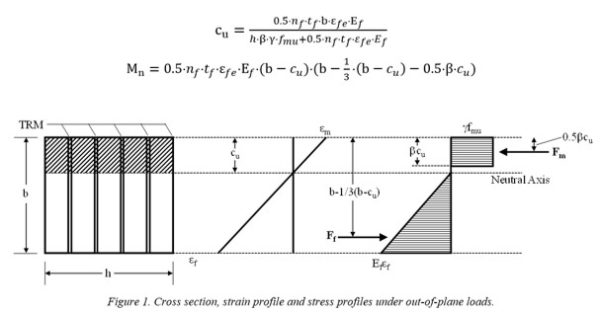Strengthening with advanced composites
Design of externally bonded reinforcements with FRCM systems
Fabric-reinforced cementitious matrix (FRCM) systems for repairing and strengthening masonry structures are an alternative to traditional techniques such as fiber-reinforced polymers (FRPs), steel plate bonding, section enlargement, and external post-tensioning. FRCM are composite materials consisting of a sequence of one or more layers of inorganic (i.e., typically, cement or lime-based) matrix reinforced with dry fibers in the form of open mesh, fabric or textile. In particular, the structural reinforcement fabric for FRCM consists of an open grid fabric (mesh) of strands made of (carbon, alkali-resistant glass, polymeric or basalt) fibers, or of steel ropes or cords of twisted micro wires arranged to form a unidirectional textile. The cement-based matrixes are typically made of combinations of portland cement, silica fume, and fly ash as the binder. When adhered to masonry structural members, FRCM systems act as supplemental, externally bonded reinforcement.
This research aims at developing a guide for the design of Externally Bonded Fabric-Reinforced Cementitious Matrix (FRCM) Systems for Repair and Strengthening Masonry Structures. The document will include different sections including:
- Scientific State of the Art
- Field application examples
- Material characteristics and system qualification
- Design philosophy
- Design rules for strengthening of walls under out-of-plane loads
- Masonry crowning-beams and tying-up of walls
- Design rules for strengthening of walls under in-plane loads
- Design rules for strengthening of vaults
- Confinement of columns
- Reinforcement details
- Design examples
This study is carried out within a Liason Committee between ACI 549 Committee and Rilem TC 250-CSM as part of Researrch Project funded by the Italian Ministry for Foreign Affairs “Composites with inorganic matrix for sustainable strengthening of architectural heritage”. Website of the Project.
